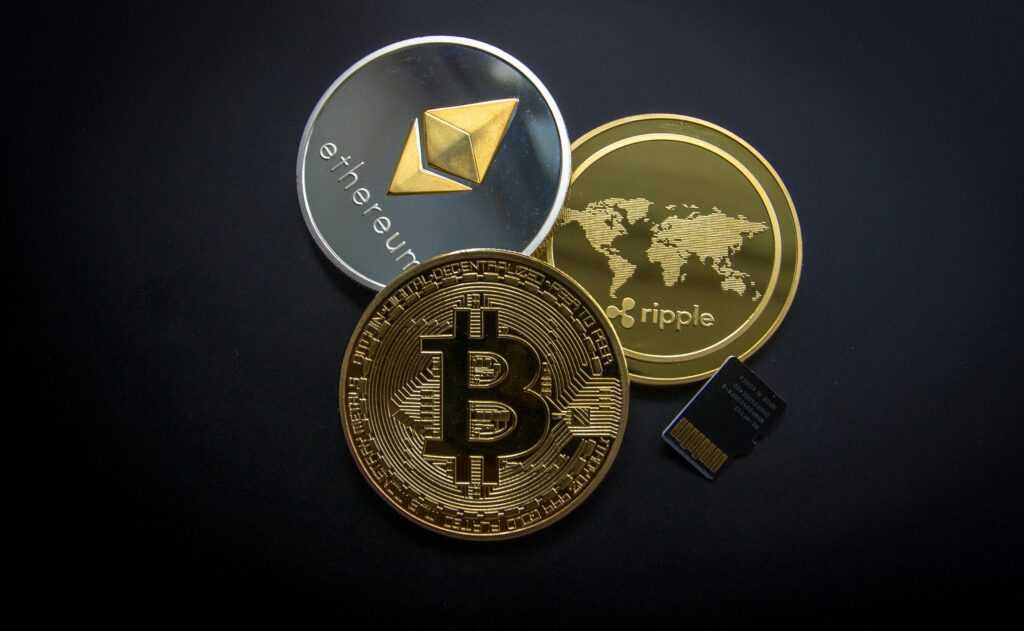The Emergence of Stablecoins
Stablecoins offer a bridge between cryptocurrency volatility and the stability of fiat currencies. They maintain a stable value by pegging to assets like USD or commodities like gold.
Understanding Stablecoins
Stablecoins are a type of cryptocurrency designed to keep their value stable over time. Unlike other cryptocurrencies that experience significant price fluctuations, stablecoins peg to stable assets. Examples include USDT tethered to USD and PAX Gold pegged to gold.
The Historical Context
Stablecoins emerged as a solution to cryptocurrency volatility. In 2014, Tether (USDT), the first stablecoin, launched, pegging its value to USD.
This innovation addressed a major concern about cryptocurrency: price instability. Over the following years, more stablecoins were introduced, each pegged to different types of assets, providing investors a way to hedge against market volatility.
Recent Developments in the Stablecoin Market
Regulatory Impact on Stablecoins
Stablecoins have garnered increased attention from regulators worldwide. In 2021, the U.S. Treasury issued the “President’s Working Group on Financial Markets” report, stressing the need for stablecoin issuers to be insured depository institutions.
The European Union has also proposed the MiCA (Markets in Crypto-Assets) framework to regulate crypto assets, including stablecoins. These actions aim to ensure investor protection, financial stability, and prevent illicit activities.
Major Players and Innovations

- The stablecoin market continues to evolve with key players bringing innovations.
- Tether (USDT) remains dominant, holding a market cap of over $68 billion as of October 2023 (CoinMarketCap).
- USD Coin (USDC), backed by Circle and Coinbase, follows closely.
- Binance USD (BUSD) has emerged as a strong competitor, especially within the Binance ecosystem.
- Innovations include algorithmic stablecoins like TerraUSD (UST), which use algorithms to manage supply and maintain their peg.
- DeFi protocols like MakerDAO leverage stablecoins such as DAI, which is minted against crypto collateral, facilitating decentralized finance efficiencies.
These developments showcase the dynamic nature of the stablecoin sector.
Predictions for the Future of Stablecoins
Stablecoins will significantly impact both technology and economics.
Technological Advancements
Blockchain technology will drive stablecoin innovations. Quantum computing could enhance transaction speeds and security. Integration with Internet of Things (IoT) devices might automate payments across multiple sectors.
Decentralized Finance (DeFi) systems will continue adopting stablecoins, improving liquidity and transparency. Artificial Intelligence (AI) could optimize and predict market dynamics, making stablecoins more efficient.
Economic Implications
Stablecoins will influence global finance. Cross-border transactions will become faster and cheaper, reducing remittance costs. Central Banks might issue their own digital currencies (CBDCs), competing with private stablecoins.
Financial inclusion will improve by providing access to unbanked populations through mobile technology. Traditional financial institutions will adopt stablecoins for stability and efficiency in transactions.






